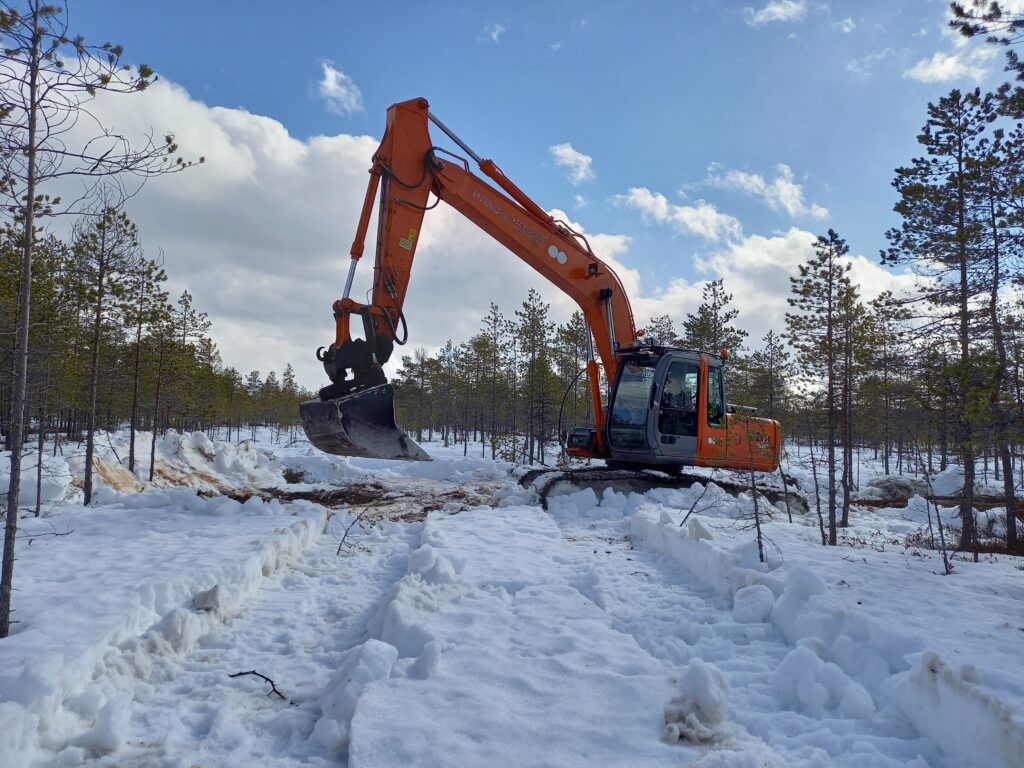More than one half of mire habitat types in Finland are endangered. In addition, 120 endangered species, such as willow grouse and ruff, live primarily in mires. Forest drainage is the most significant cause of mires becoming endangered: more than one half of the total area of mires in Finland has been drained for the purposes of silviculture. No new drainage is performed, but the process of mire species becoming endangered will continue, as the draining effect of the ditches is ongoing. Restoration of drained mires involves damming or blocking ditches to raise the water surface in the mire to its original level. In addition to blocking ditches, trees grown after drainage must be removed.

Mire restoration and restoration of water in dried mires is important for safeguarding not only biodiversity, but also the ecosystem services the mires provide. Amongst other benefits, mires sequester and store carbon, balance out the impact of flooding, filter and purify water, and provide berries and game. At the same time, many measures taken to improve the condition of mire ecosystems also promote the condition of the nearby waterway. This is also beneficial for the recreational use of lakes, for example.